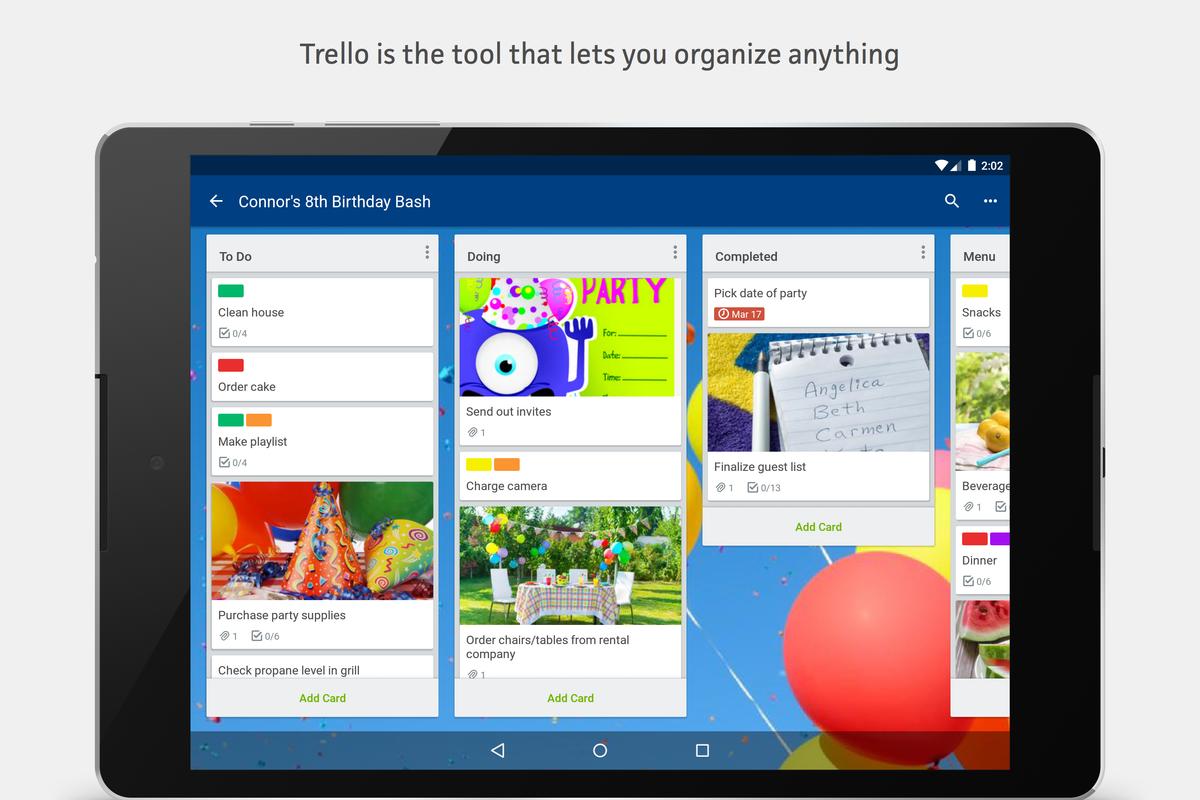

The free tier requires users to sign up, and provides access to unlimited power-up integrations, unlimited storage (up to 10MB per file), 250 Butler automations, and other features. 24, now offers four tiers: Free, Standard, Premium, and Enterprise. Trello, which revamped its pricing structure on Aug. Trello cards provide project information in easy-to-digest ways to simplify task management. This lets users set up simple rules to automate repetitive tasks such as moving a cards to the “done” list when a checklist is complete, for instance. “Unlike project management applications like Microsoft Project that target traditional project managers, Trello can be used across the organization by anyone that needs to manage projects but does not need or want a specialized – and complex – project management tool,” said Raúl Castañón, senior analyst at 451 Research, a division of S&P Global Market Intelligence.Ītlassian sought to make Trello even more powerful with the introduction of workflow automations after it acquired Butler and integrated its features into the app. In that sense, it differs from full-featured project management software, prioritizing lightweight functionality and accessibility over a broad feature set.
APP FOR TRELLO SOFTWARE
Trello - which was acquired by software vendor Atlassian in 2017 - integrates well with other applications, too, using what the company calls “power-ups.” These API integrations allow users to access features in Slack, Salesforce, Gmail, or other apps (as well with Atlassian’s own products) directly from Trello.Ī big part of Trello’s appeal is its ease of use and versatility: the app is often also used for personal itineraries, including anything from planning holidays to weddings. This allows them to easily jump to boards or surface all of the cards a user might have missed since last logging in. Users navigate Trello from a “home view” that acts as a hub and central newsfeed. TrelloĮach card can contain a broad range of task information, including a text description, file attachments, automations, comments, and more. Individual cards within the lists hold information on a specific task and can be moved from list to list as needed (such as when a task is completed). Within each board, several lists can be created to indicate the progress of a project “to do,” “in progress,” and “done” lists are common examples.

Boards are the starting point, and typically focus on an over-arching project such as launching a new website, or process-based tasks, such as on-boarding an employee.


 0 kommentar(er)
0 kommentar(er)
